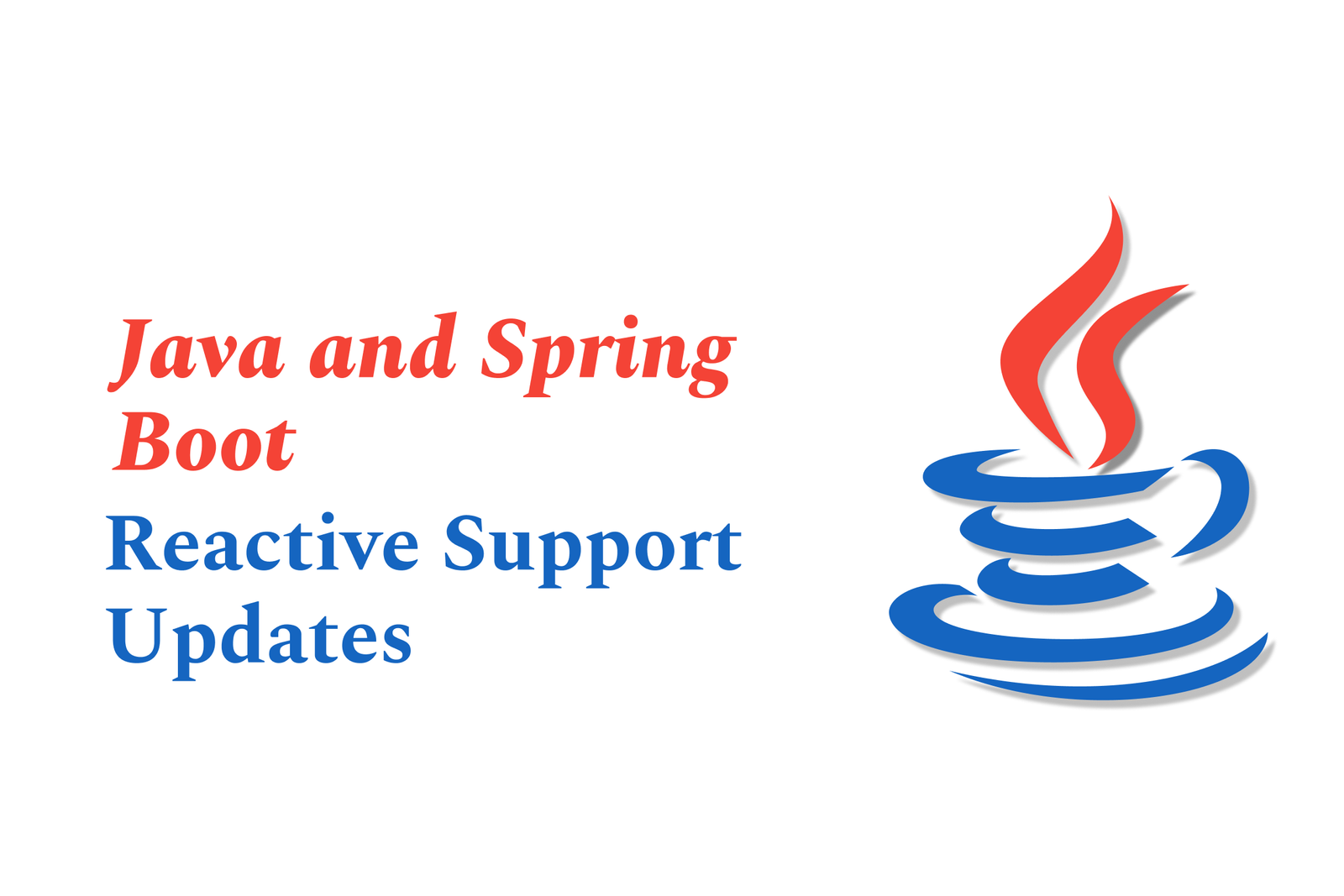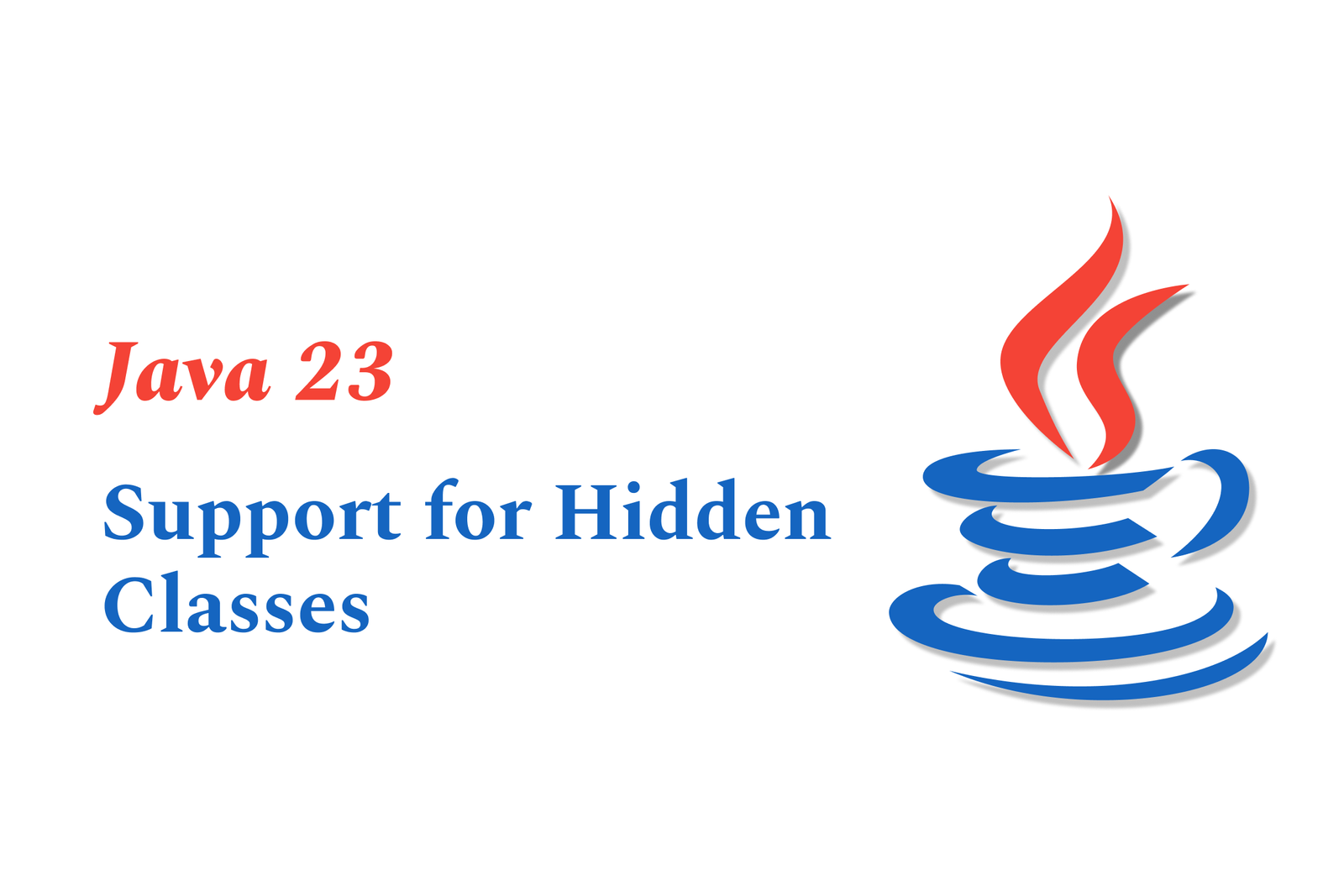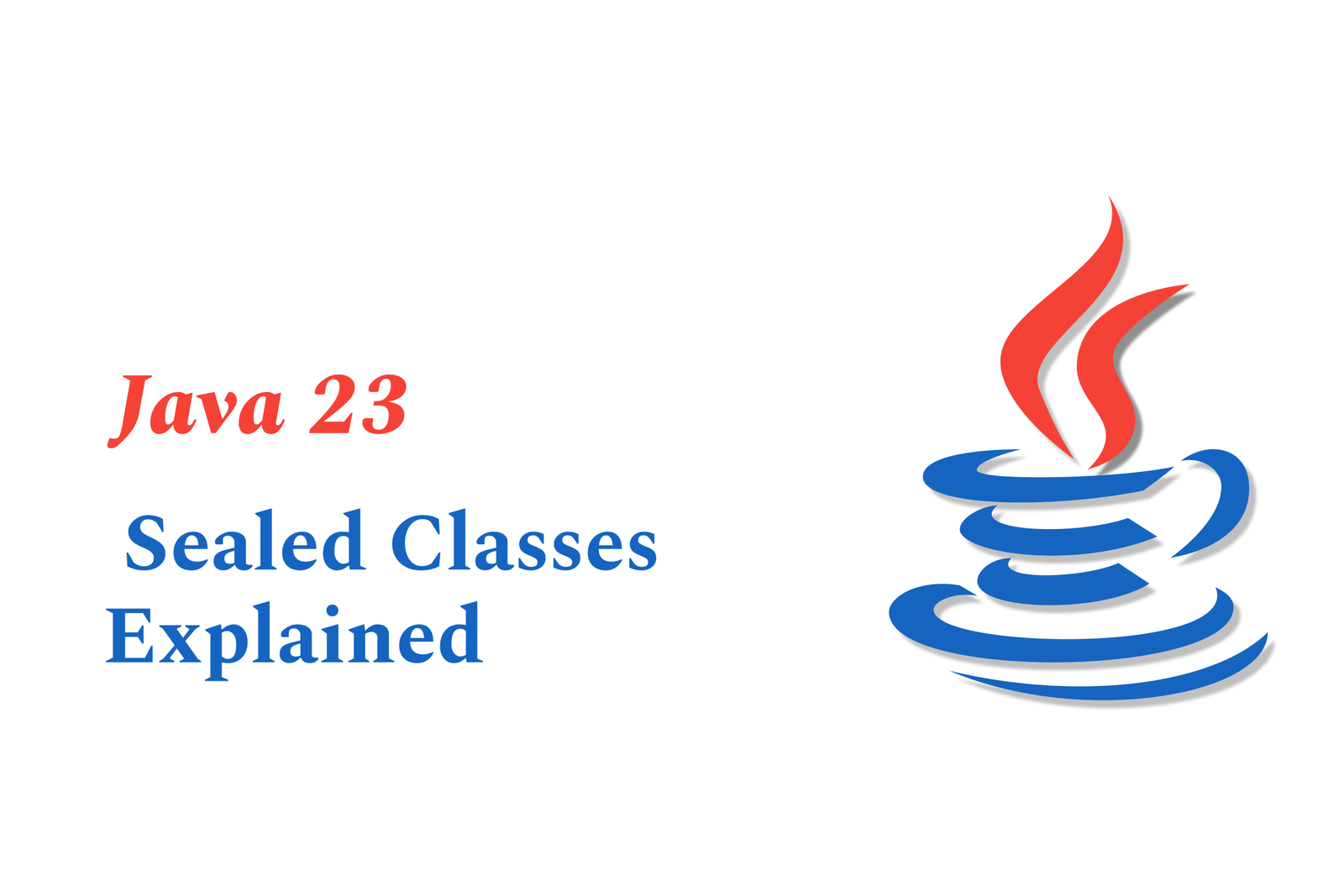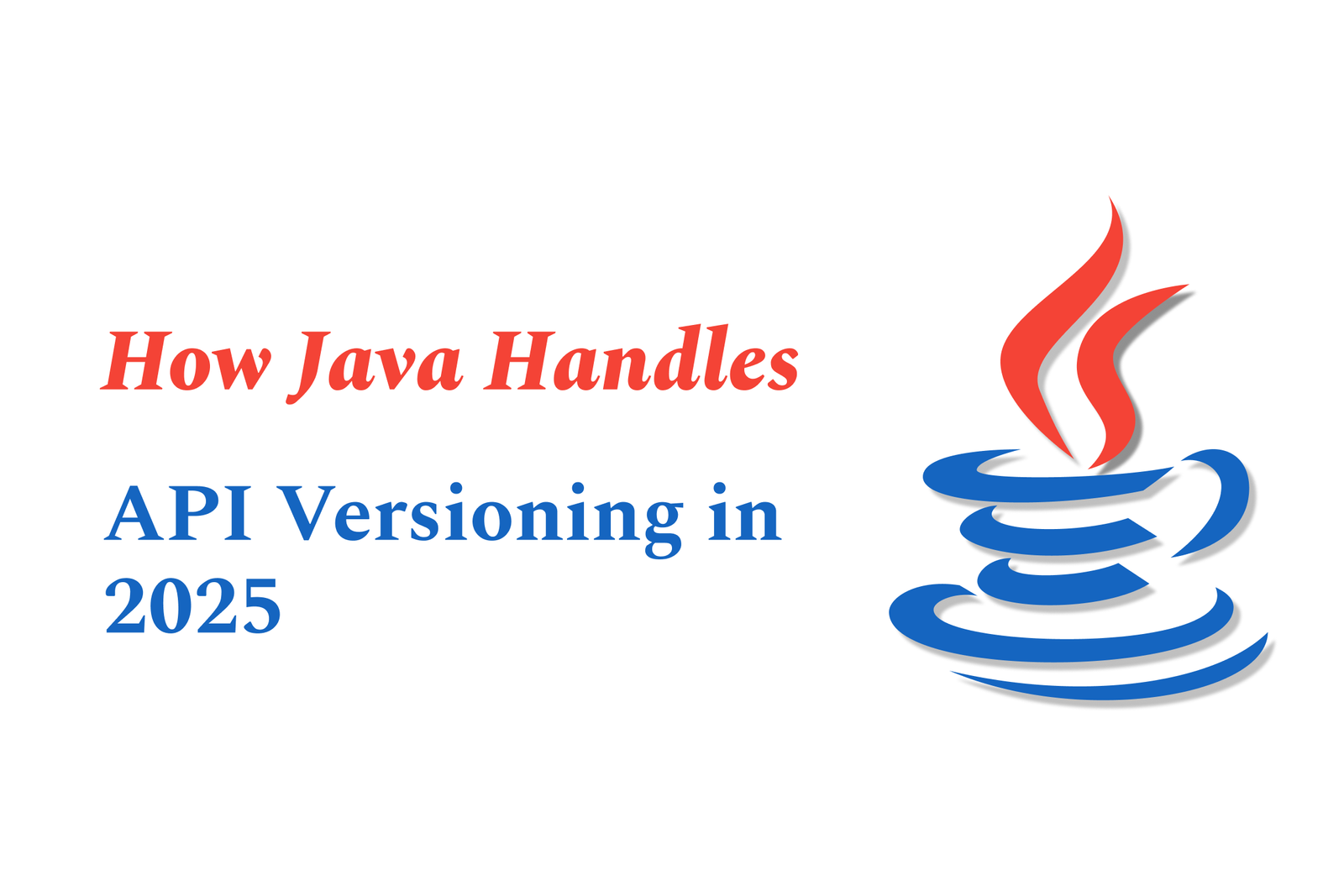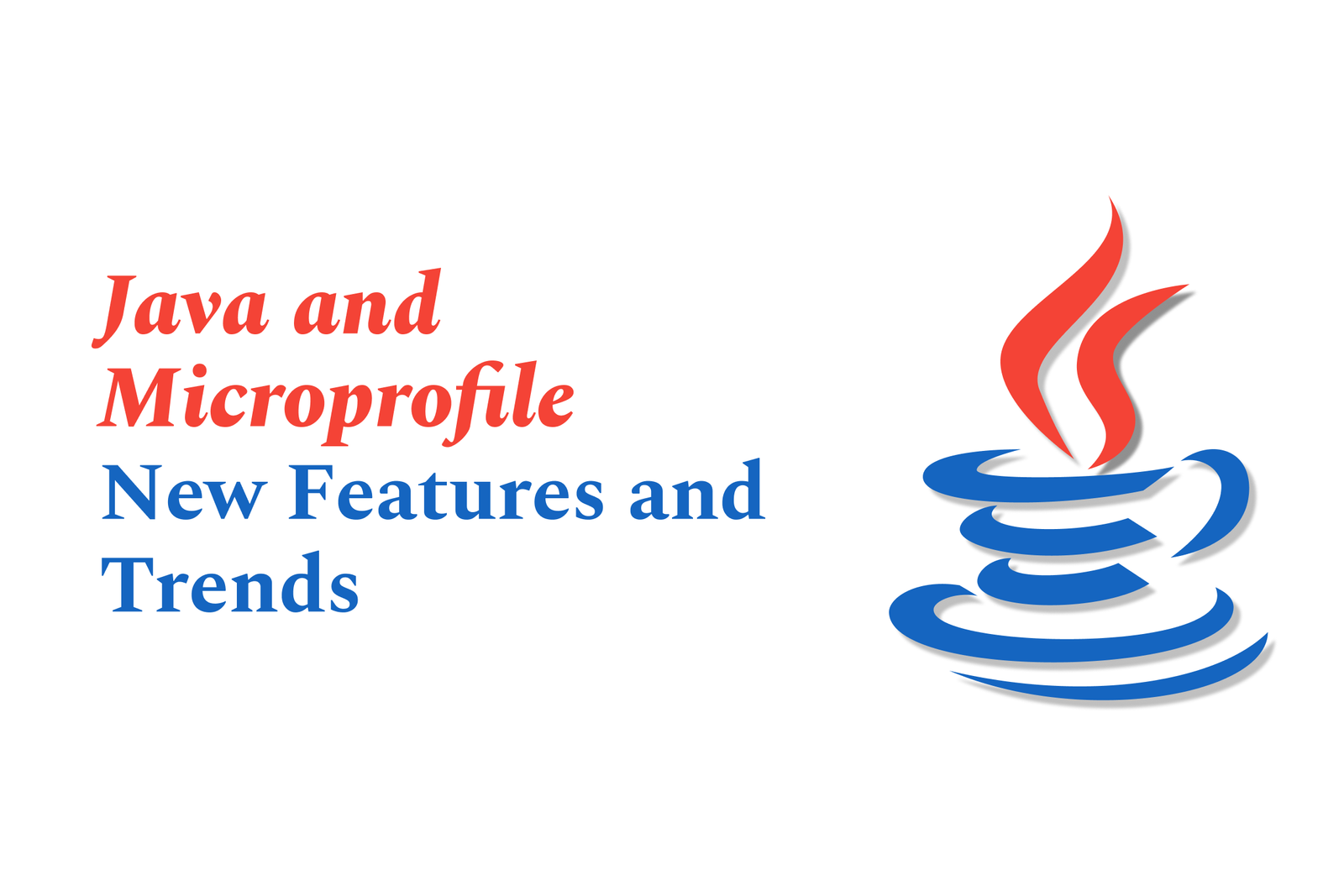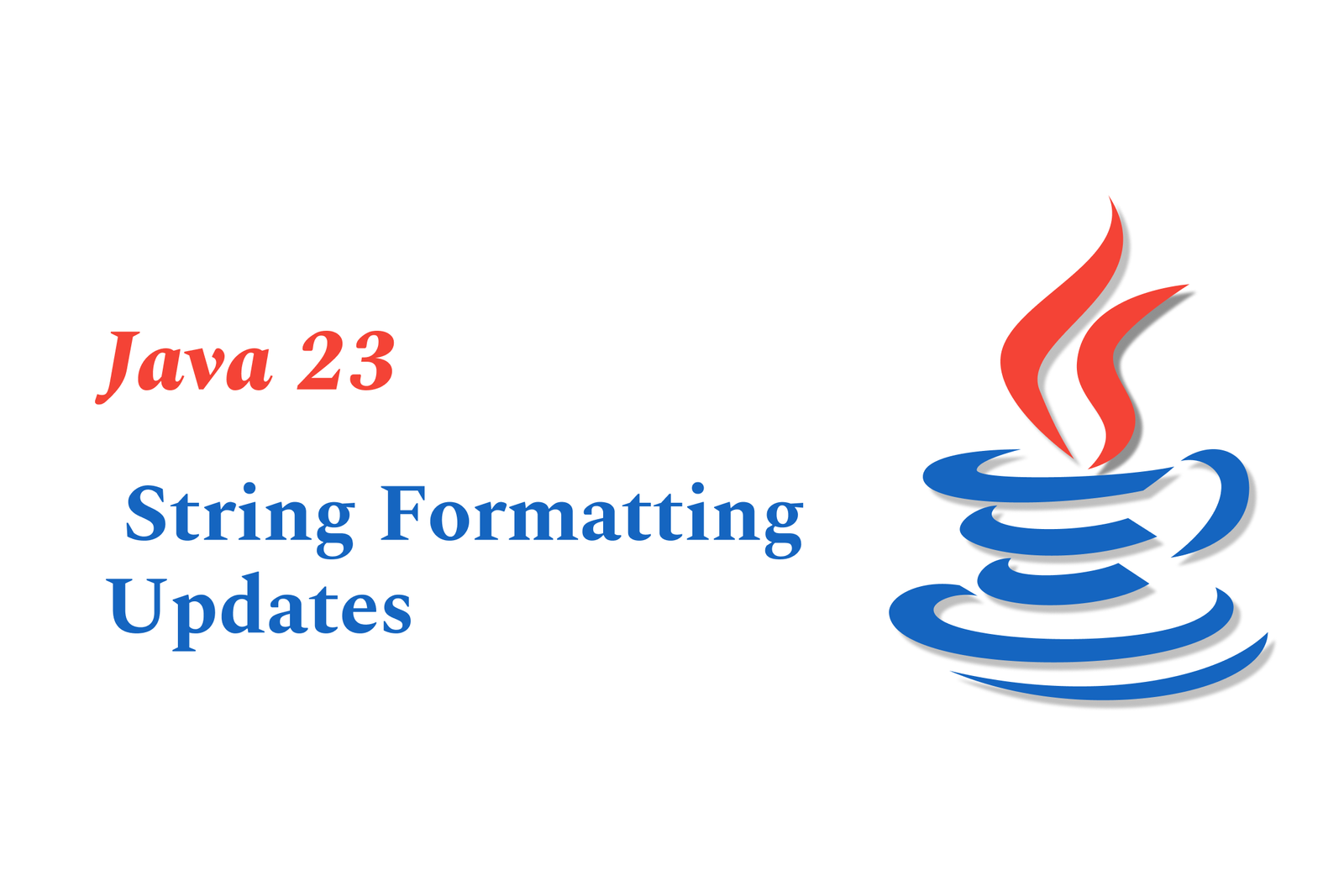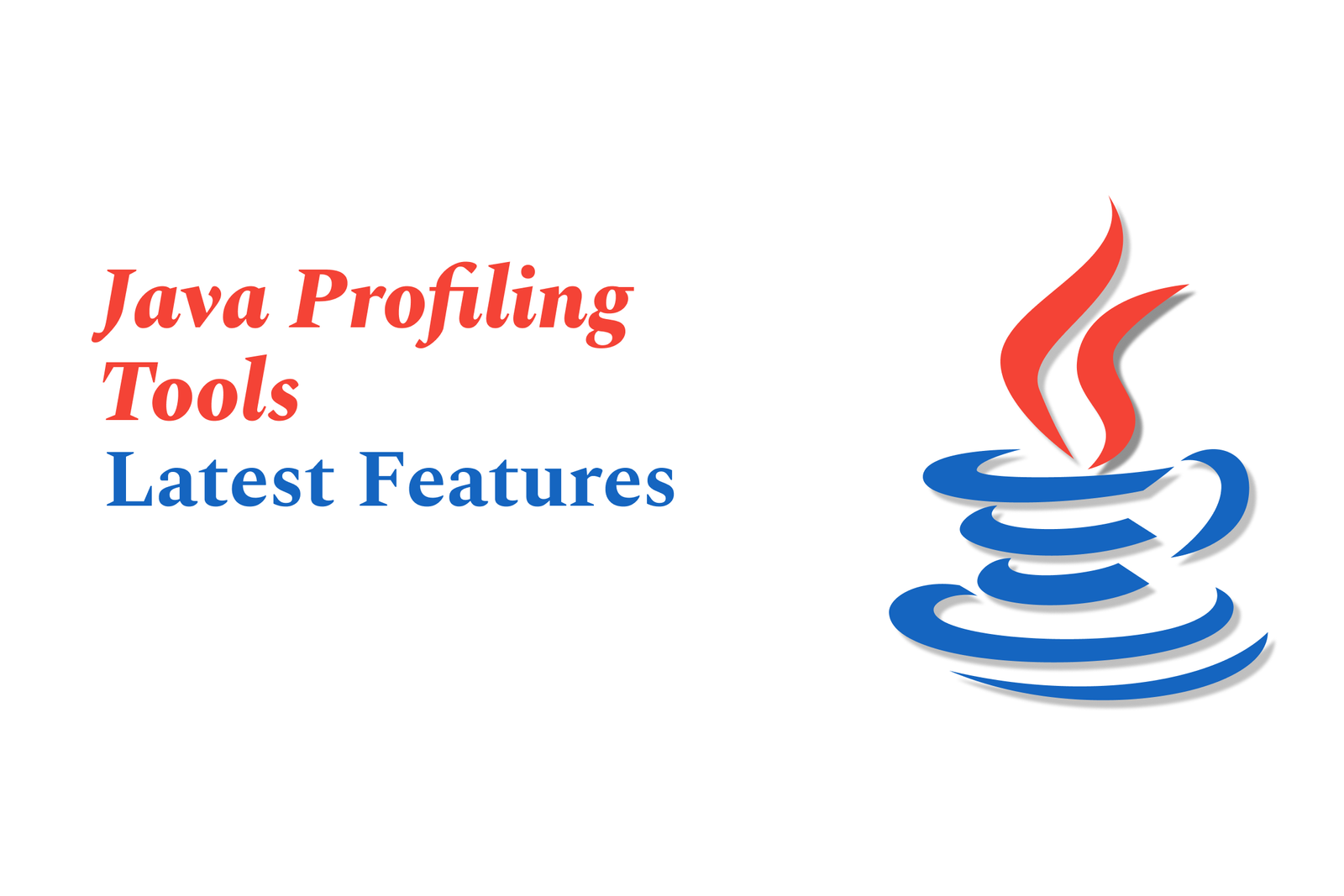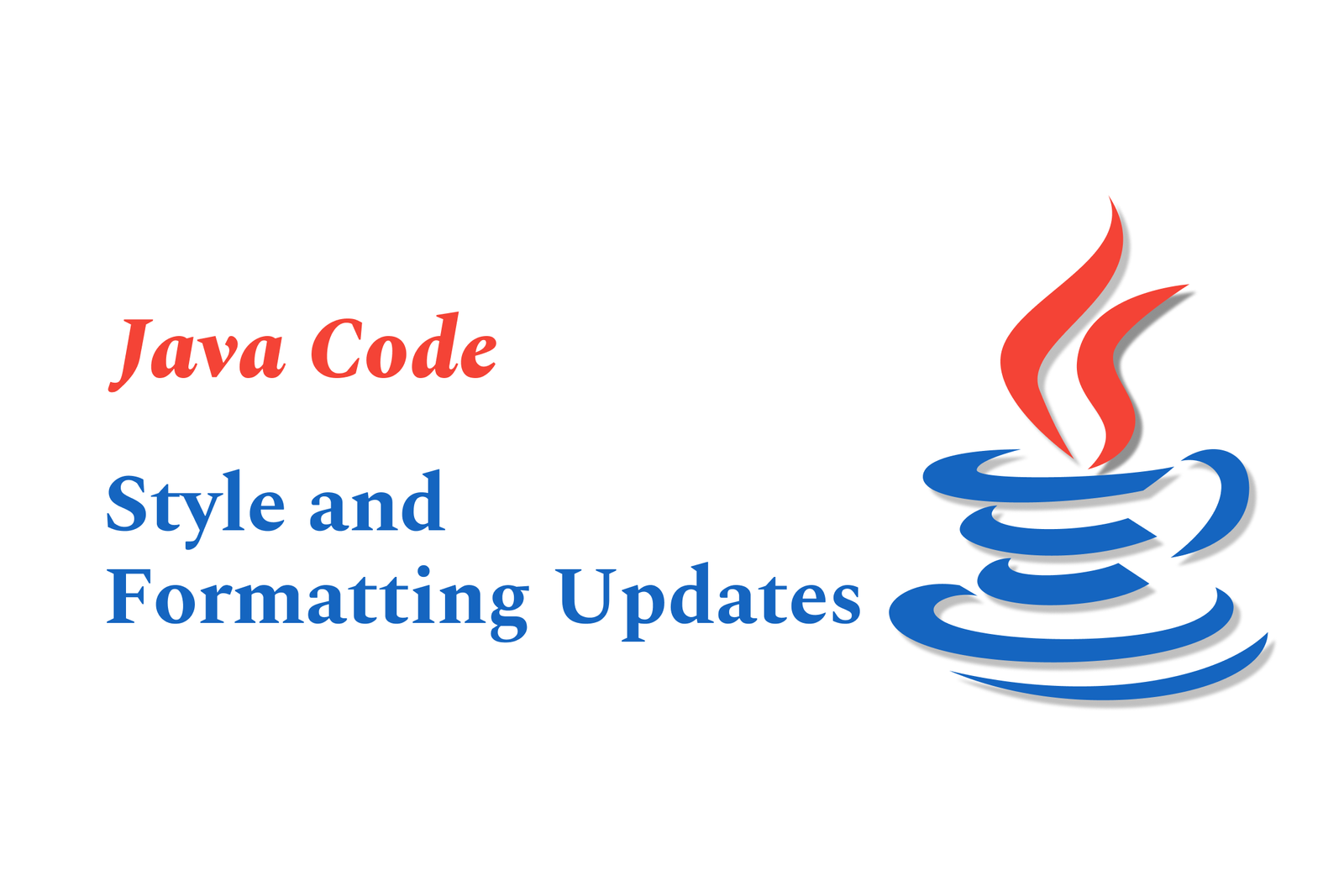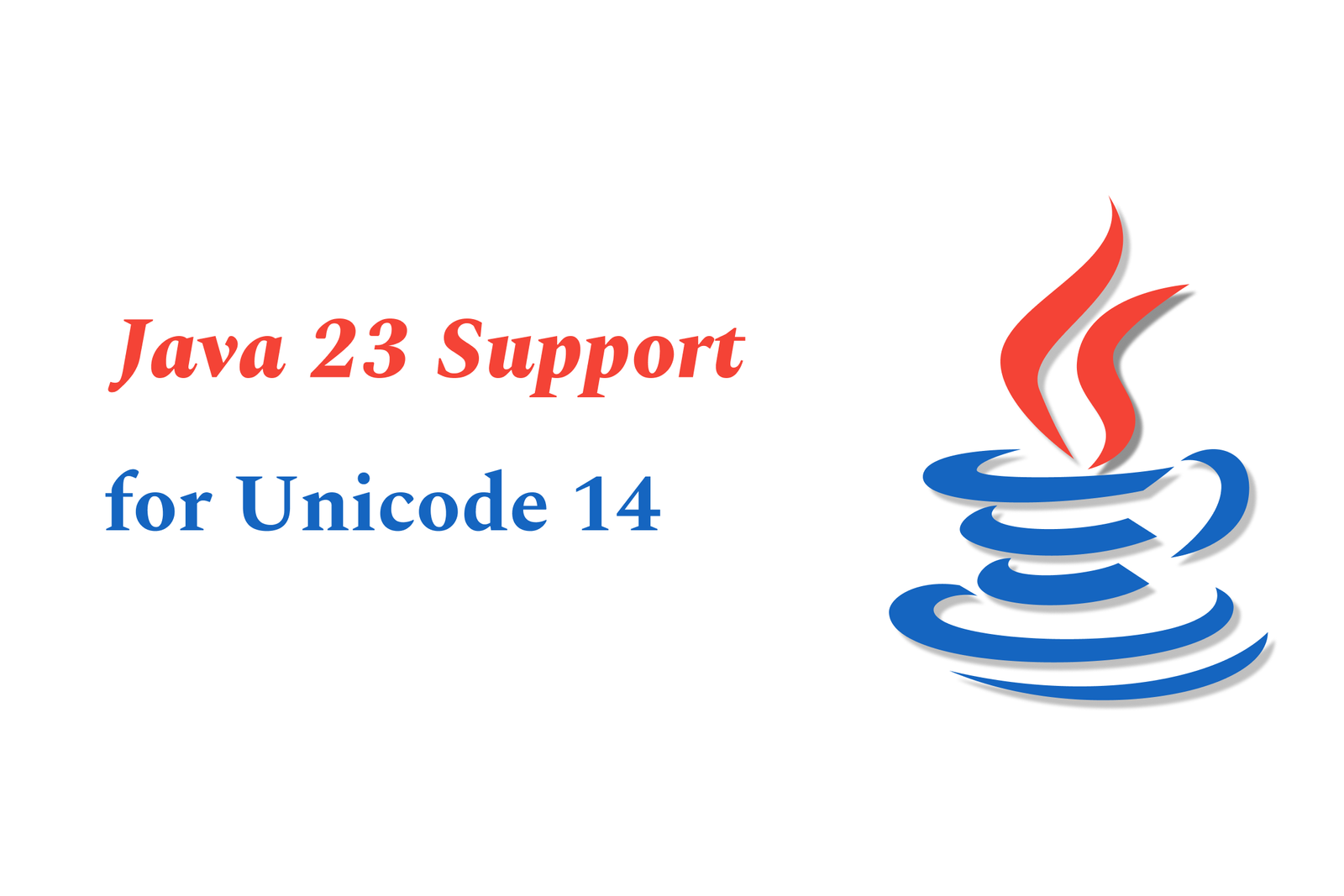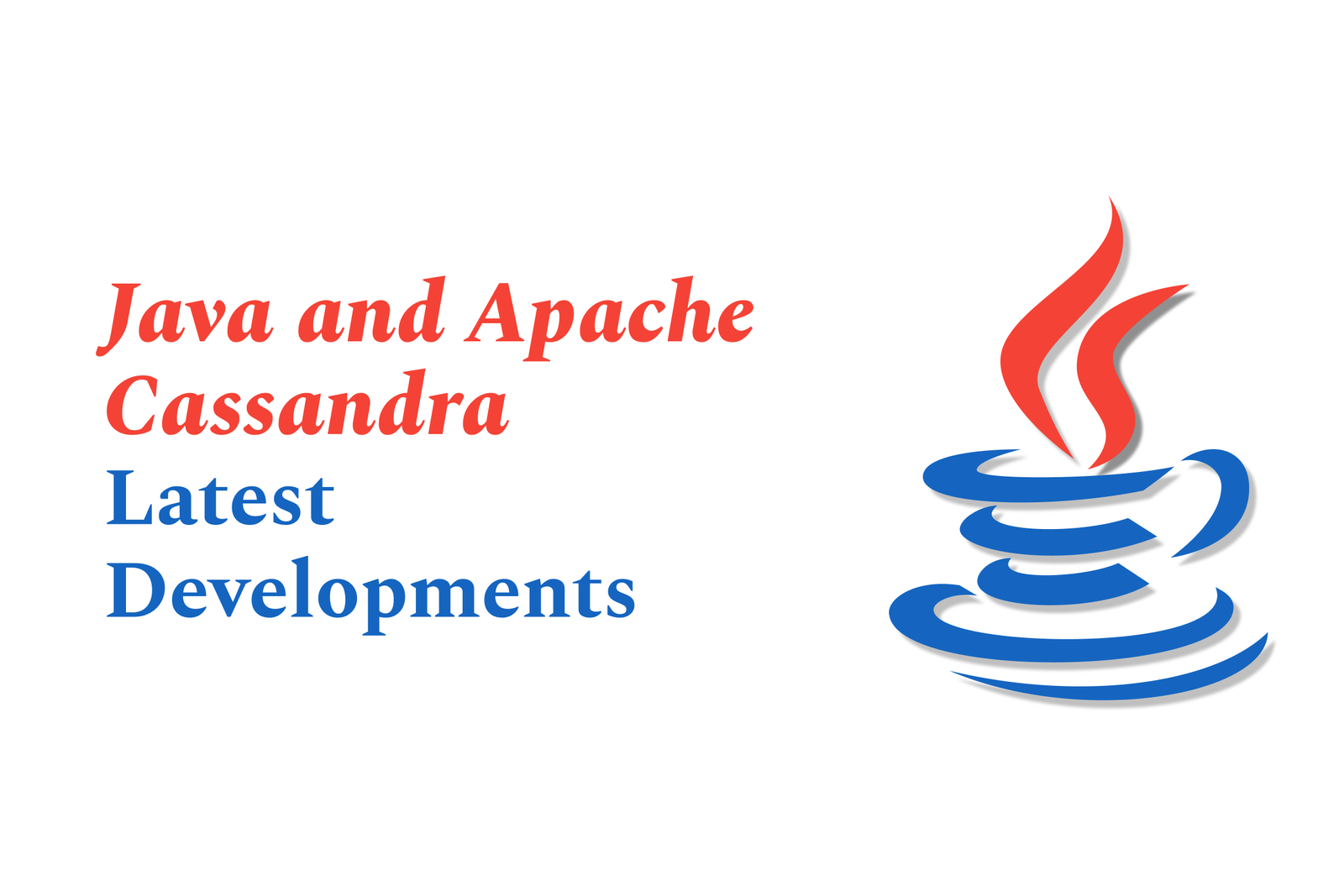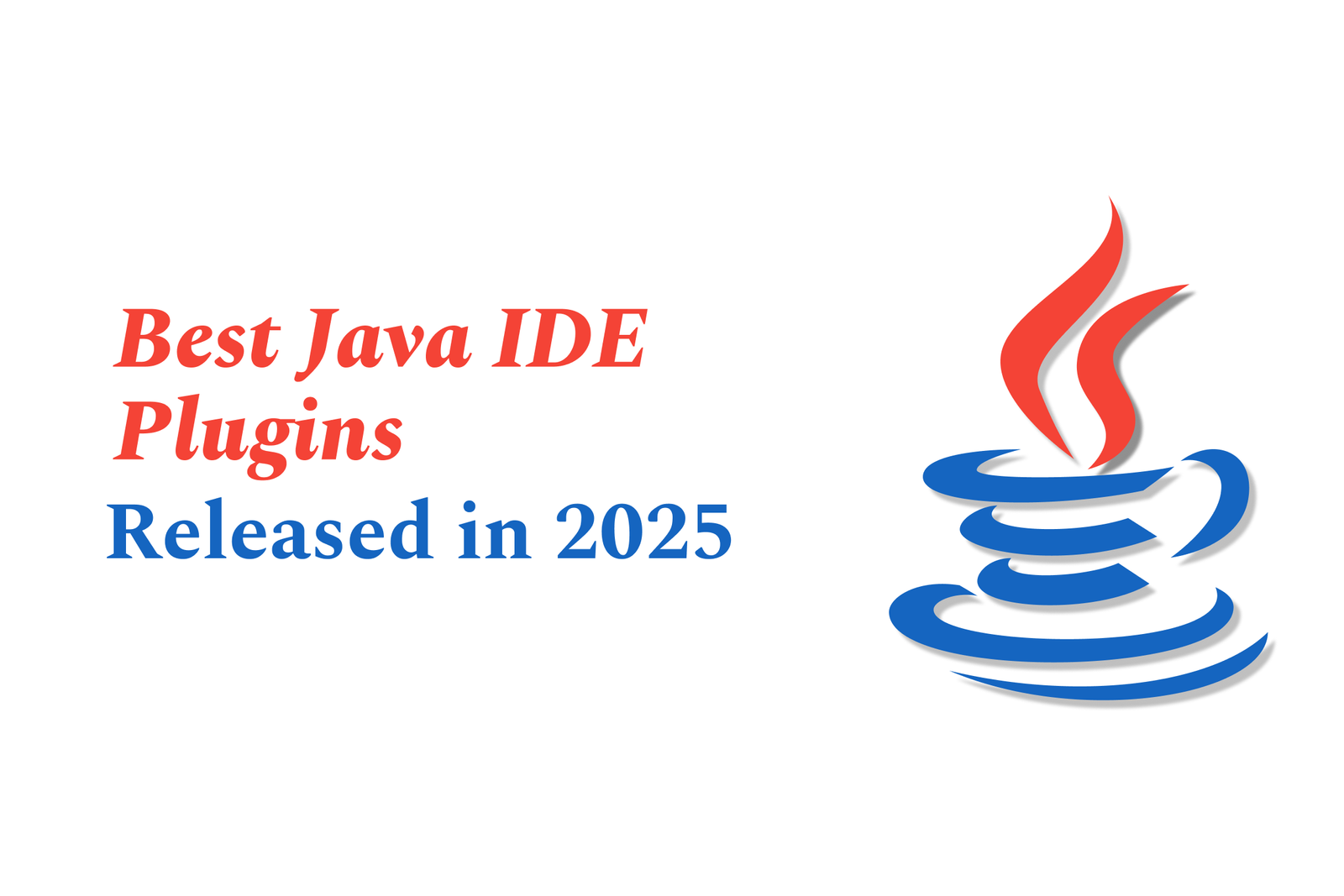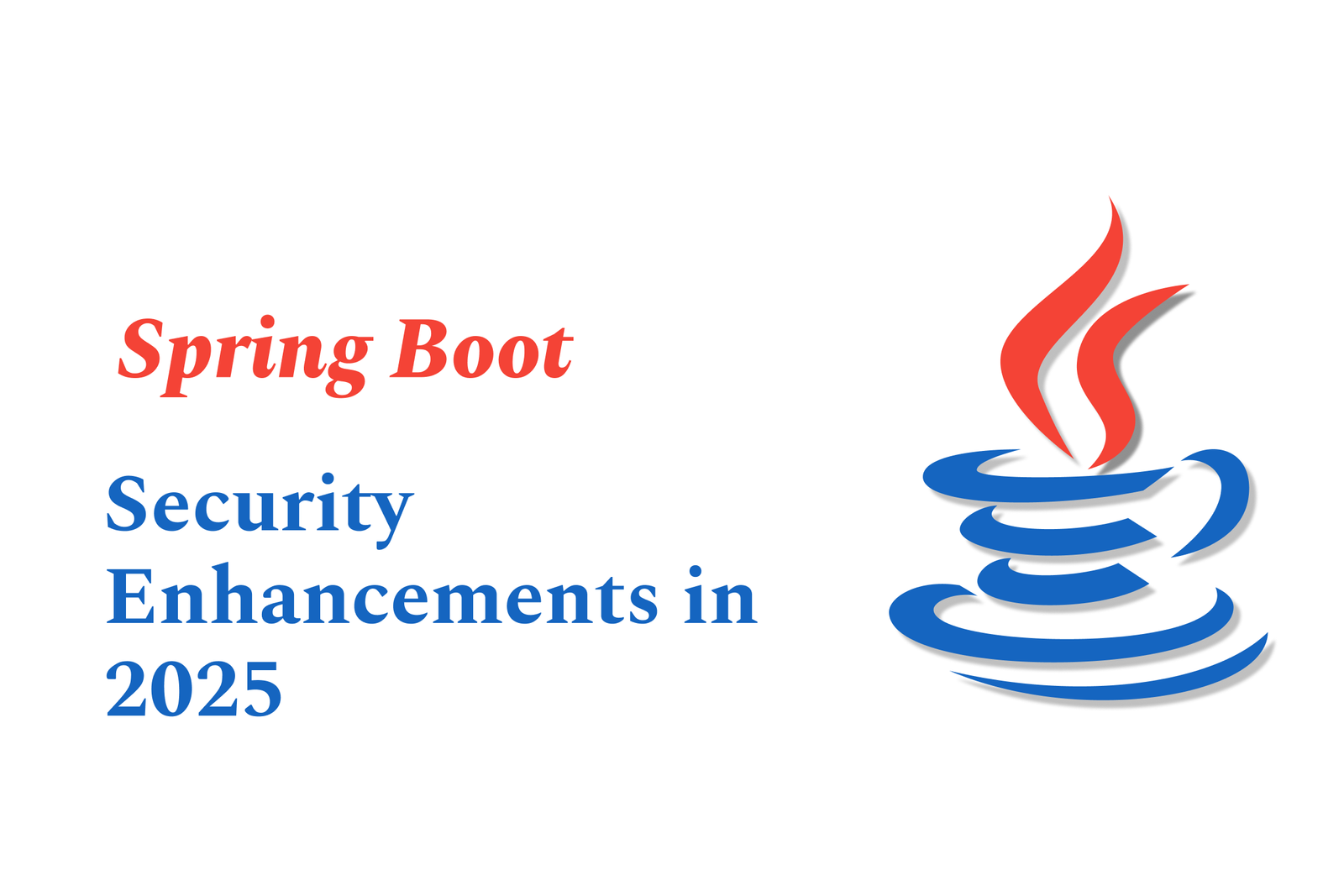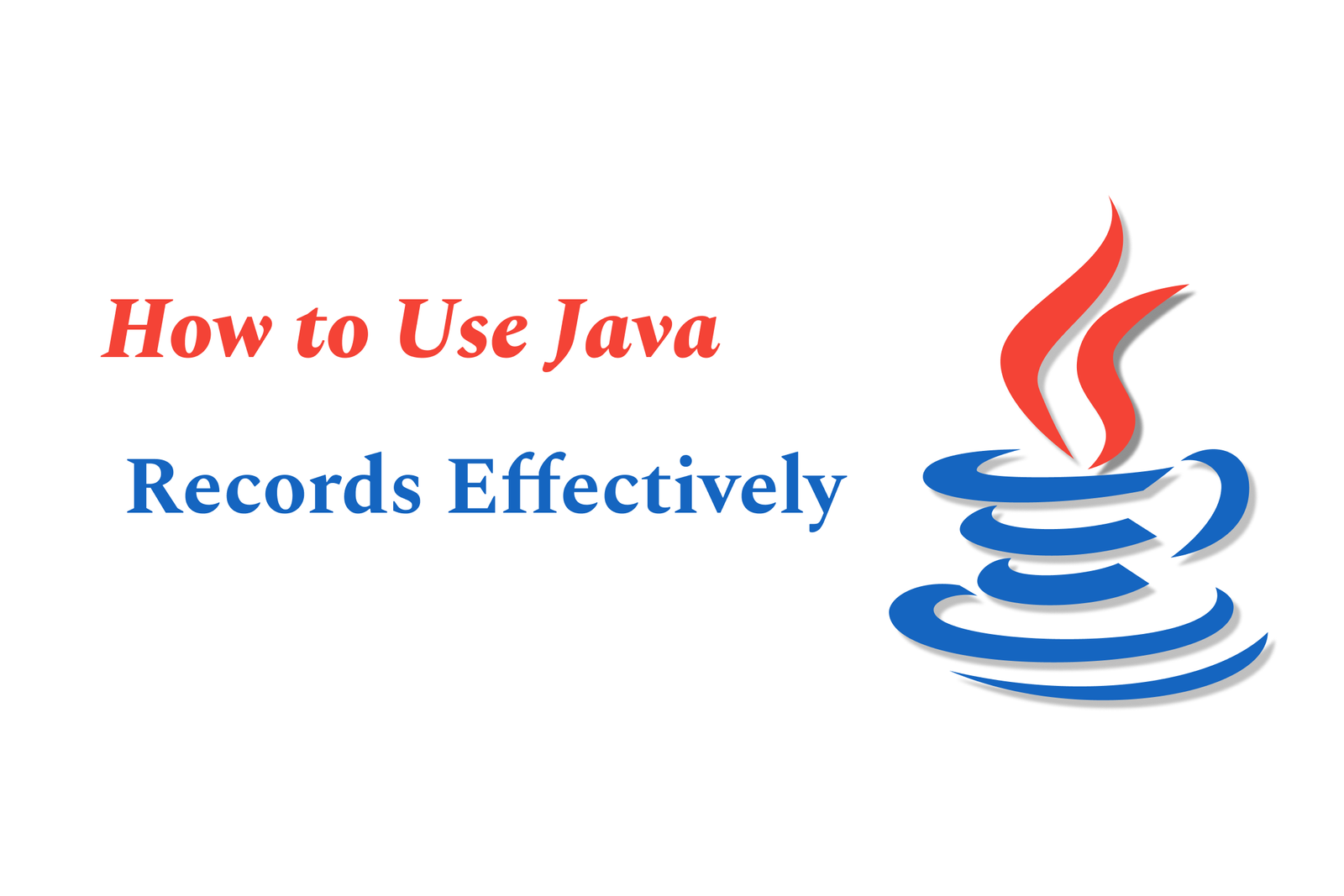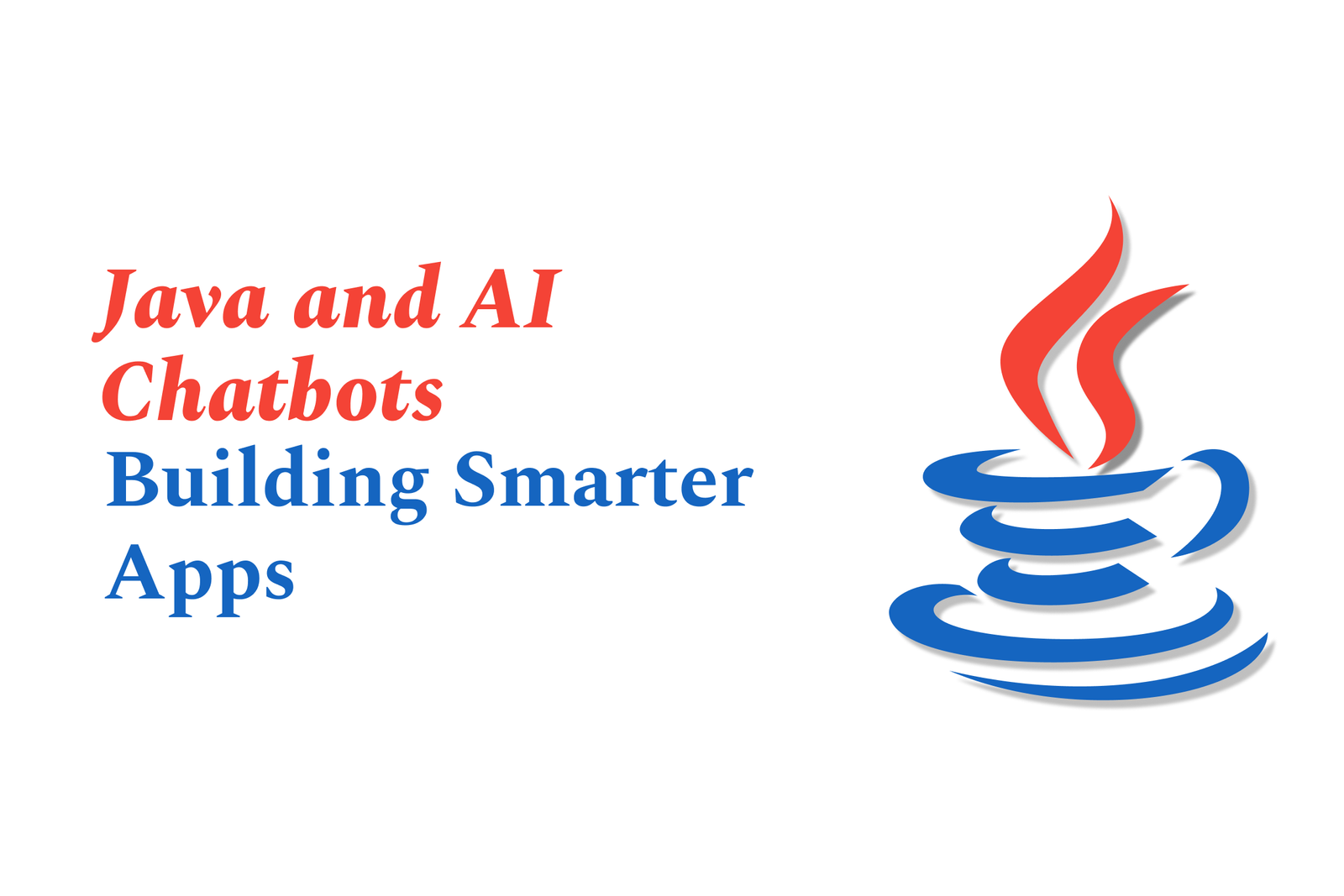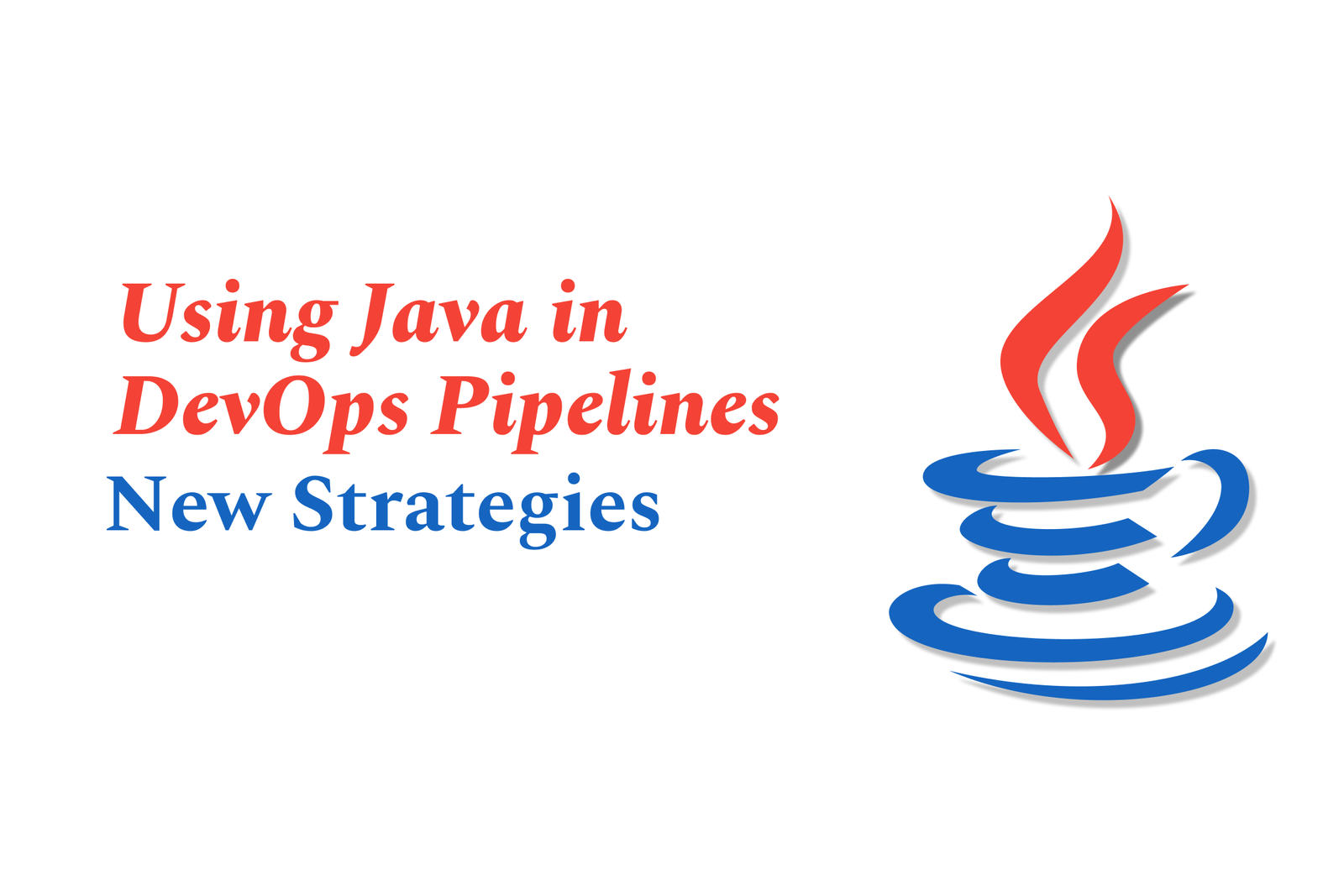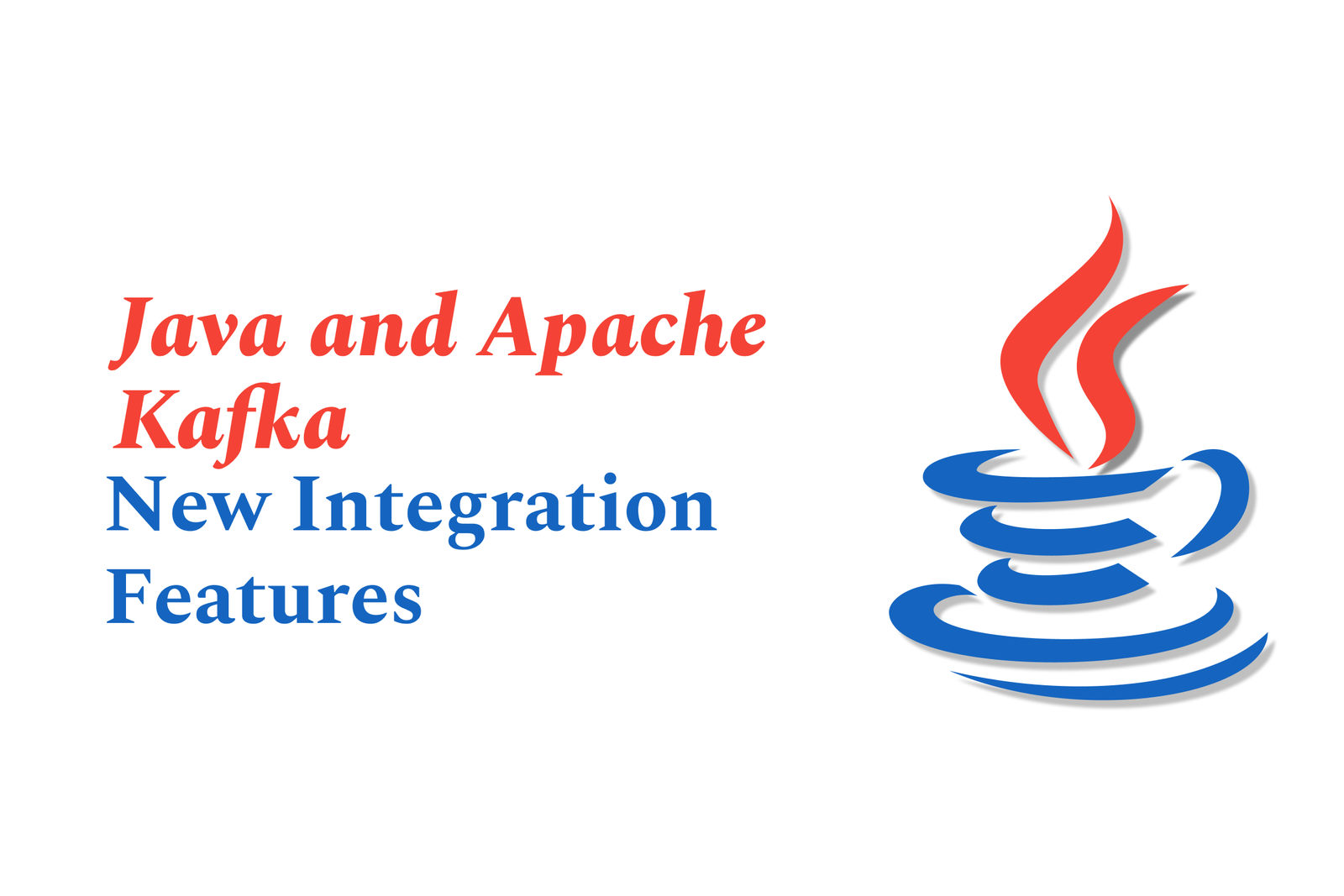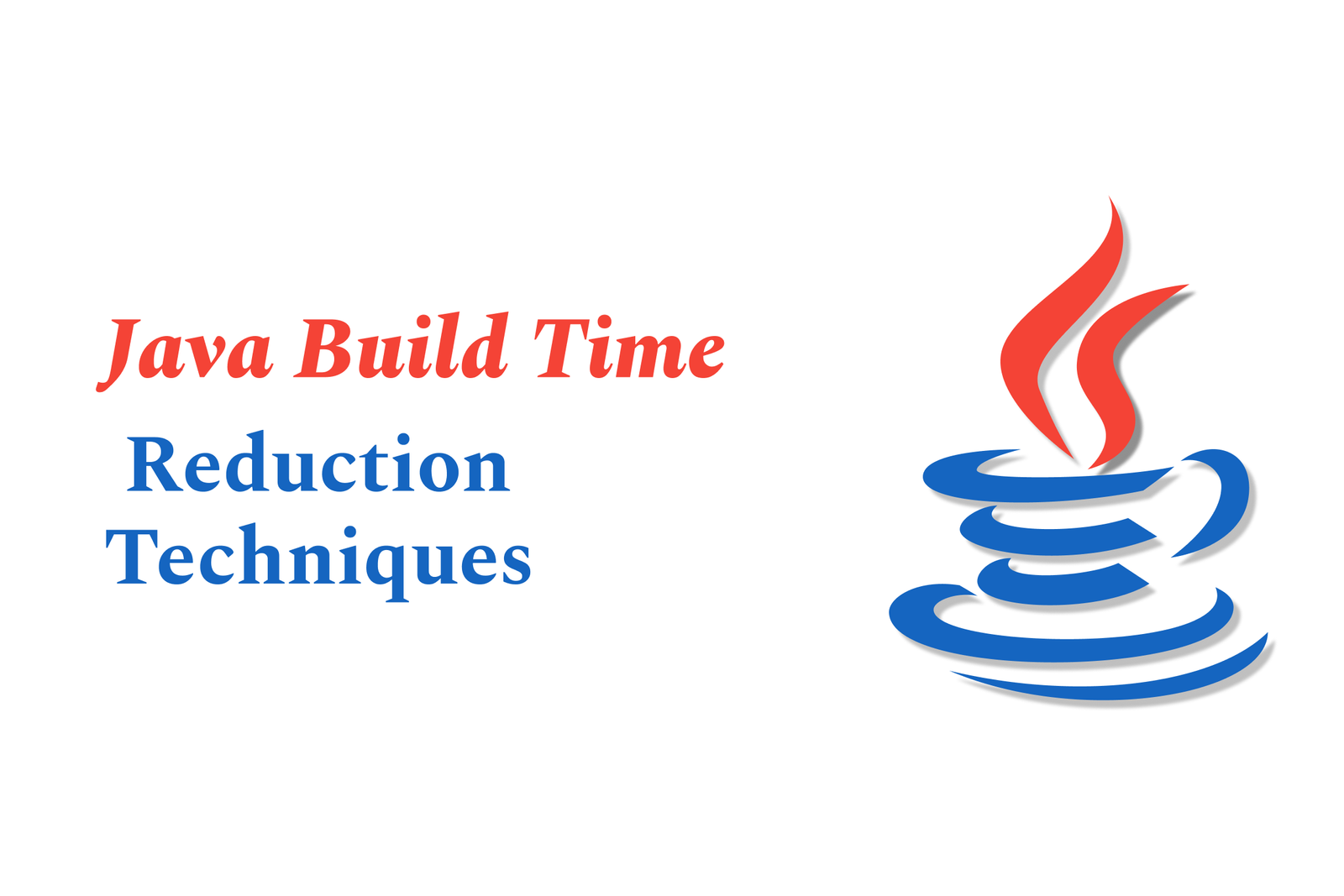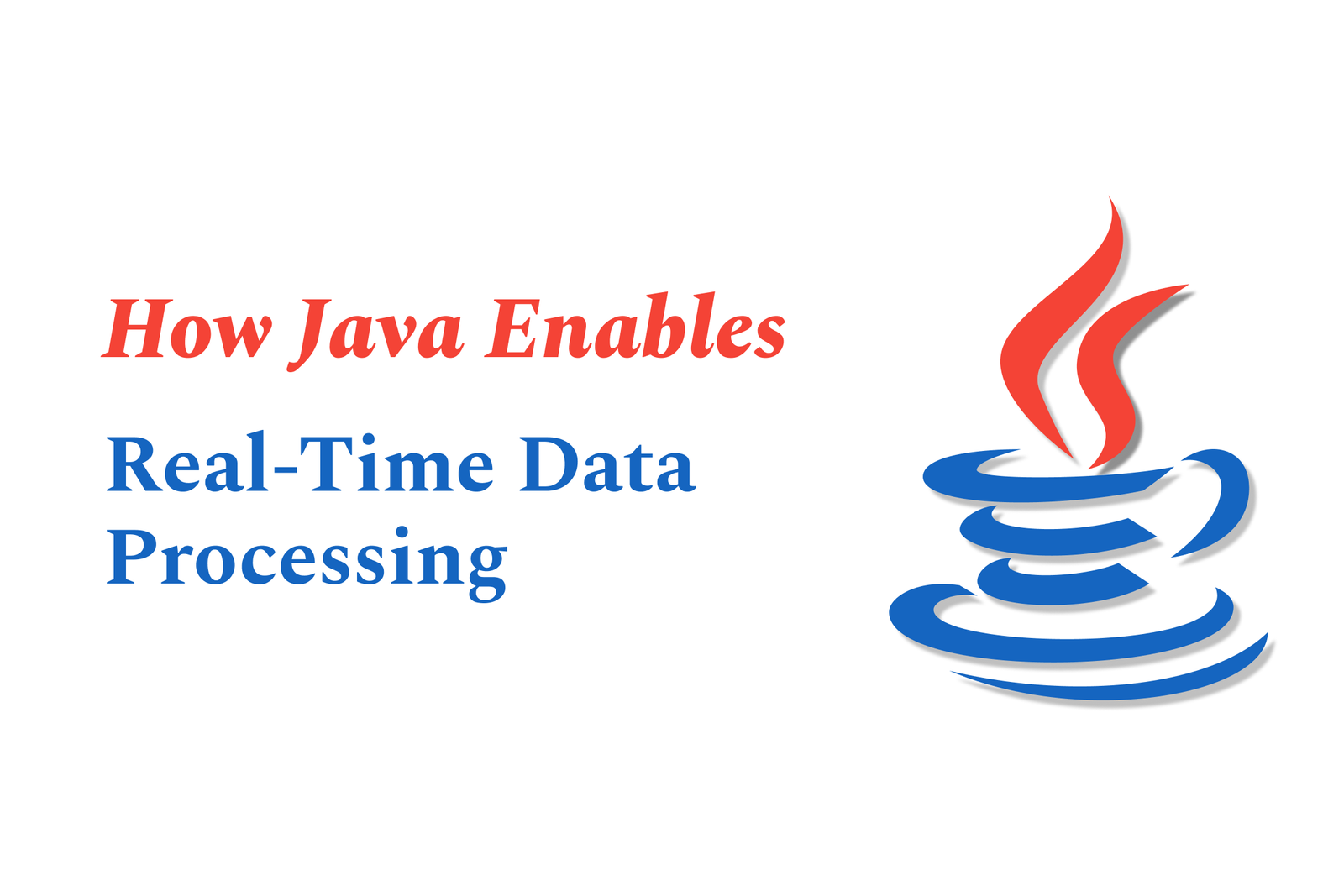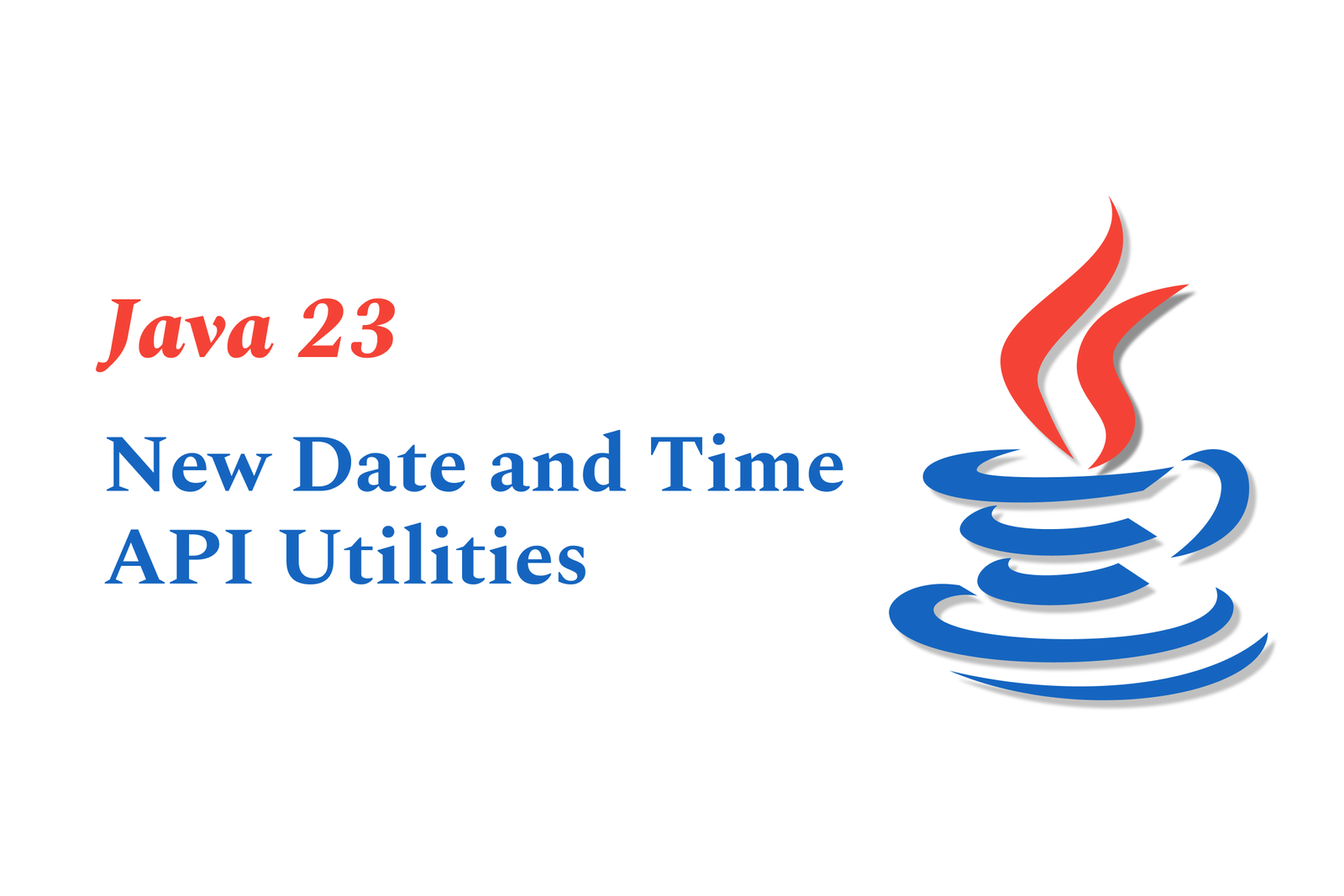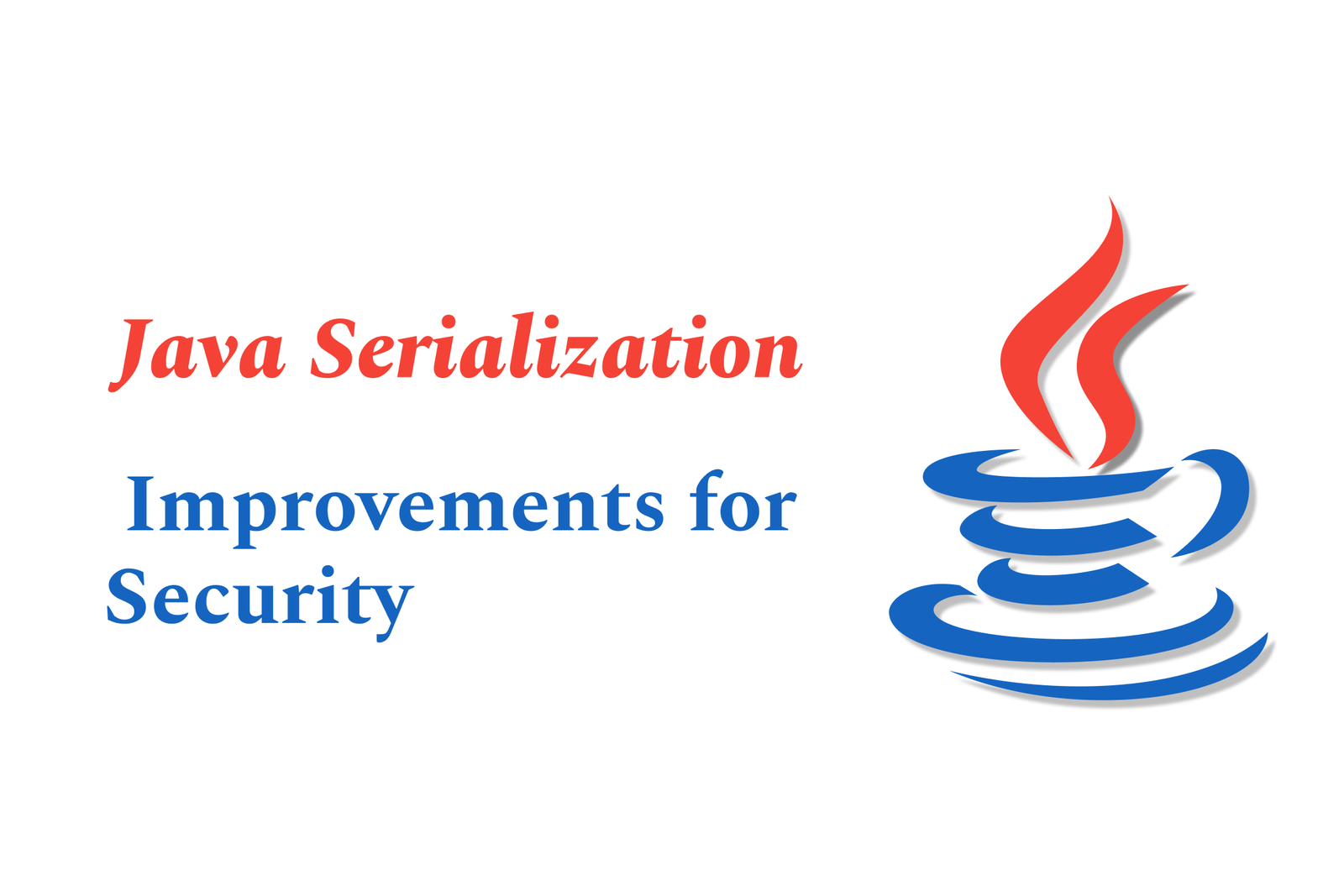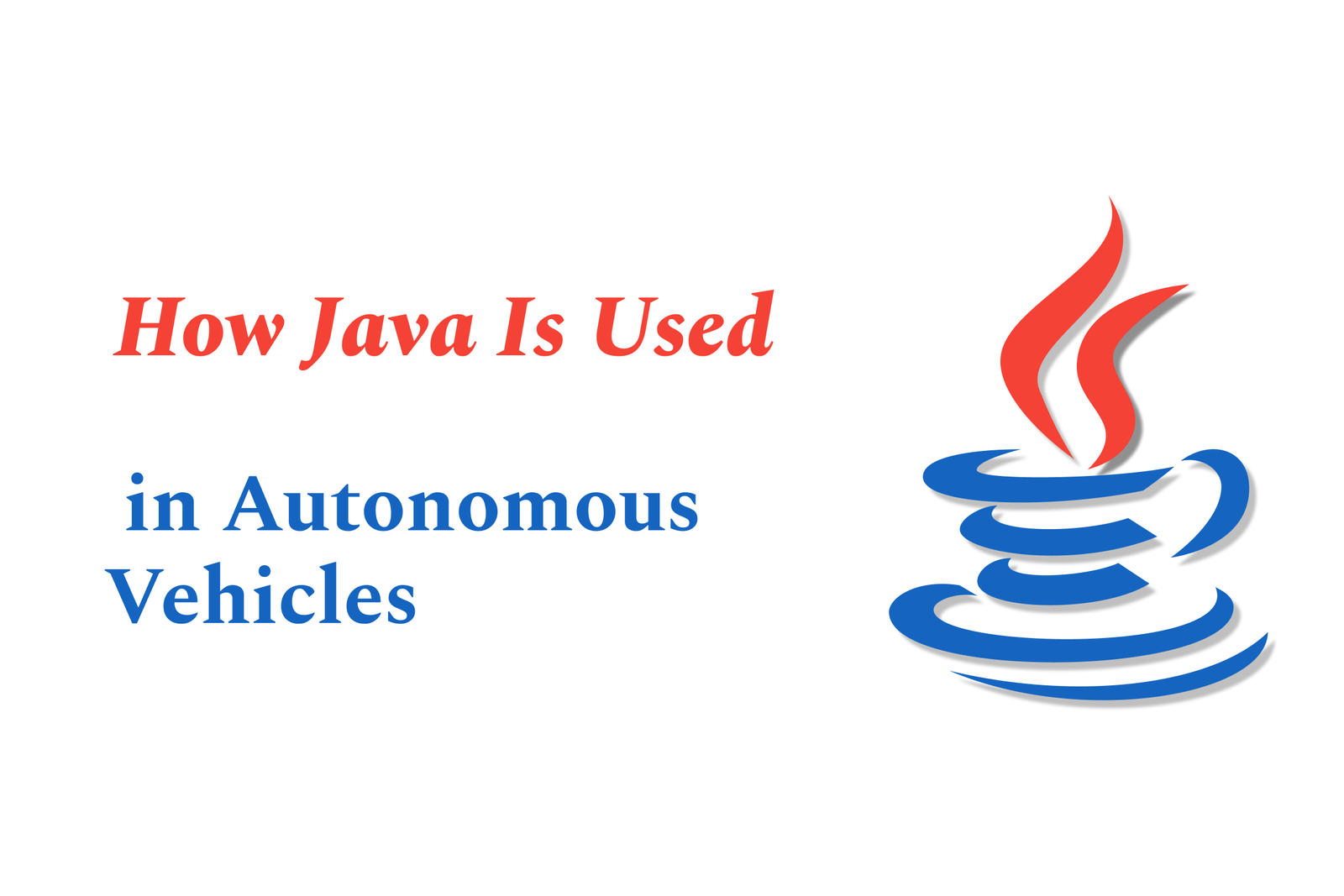Java and Spring Boot Reactive Support Updates
Java and Spring Boot have enhanced reactive support, enabling non-blocking, asynchronous programming for building scalable and efficient microservices. With Spring Boot 2 and Kotlin integration, developers can leverage reactive web, database access, and data streaming for improved resource utilization.
Learn MoreJava 23 Support for Hidden Classes
Java 23 enhances support for hidden classes—special runtime-generated classes that remain inaccessible to regular reflection and class loaders. This improves security, performance, and memory management for dynamic frameworks and code generation by enabling efficient, isolated class definitions.
Learn MoreJava 23 sealed classes explained
Java 23 sealed classes restrict which classes can extend or implement them, enhancing type safety and maintainability by explicitly defining a fixed set of permitted subclasses. This feature helps create controlled, secure inheritance hierarchies for better API design and exhaustive checks.
Learn MoreHow Java Handles API Versioning In 2025
In 2025, Java handles API versioning through explicit version specifications in SDKs and headers, ensuring backward compatibility, security, and smooth upgrades. It emphasizes stable LTS support, semantic versioning, and coordinated cloud API lifecycle management for reliable integrations.
Learn MoreJava and MicroProfile: New Features and Trends
Java continues to evolve with the latest SE releases enhancing performance and features, while MicroProfile drives modern microservices development by standardizing APIs like telemetry, fault tolerance, and REST clients—enabling streamlined, resilient, and cloud-native Java applications.
Learn MoreJava 23 String Formatting Updates
Java 23 enhances string formatting with improved performance and continued support for `String.format()` placeholders, allowing precise control over output. While it doesn’t introduce string templates yet, it sets the foundation for more efficient and expressive string handling in future releases.
Learn MoreJava Profiling Tools: Latest Features
Java profiling tools analyze application performance by tracking CPU, memory, and thread usage. Latest features include low-overhead sampling, advanced memory leak detection, AI-driven insights, seamless IDE integration, and continuous feedback for faster issue diagnosis and optimization.
Learn MoreJava Code Style and Formatting Updates
Java Code Style and Formatting Updates ensure consistent, readable, and maintainable code by defining clear rules for file structure, indentation, imports, and comments—embracing tools and guidelines like the Google Java Style Guide to standardize Java development across teams and projects.
Learn MoreJava 23 support for Unicode 14
Java 23 introduces full support for Unicode 14, enabling improved handling of the latest characters, emojis, and scripts. This update enhances text processing, internationalization, and ensures apps display and manage diverse languages accurately and efficiently.
Learn MoreJava and Apache Cassandra: Latest Developments
Java and Apache Cassandra’s latest developments include Cassandra 5.0’s new Vector Search for AI/ML, optimized Storage-Attached Indexing, trie-based storage for better performance, and enhanced CQL functions, enabling scalable, high-speed data handling for modern Java applications.
Learn MoreBest Java IDE Plugins Released in 2025
In 2025, top Java IDE plugins enhance development with advanced AI coding aids, seamless Java 24/25 support, improved Spring tools, and Kotlin integration across Eclipse and IntelliJ. These plugins boost productivity, simplify debugging, and modernize workflows for Java developers.
Learn MoreSpring Boot Security Enhancements In 2025
In 2025, Spring Boot Security advances with improved support for JWT and OAuth 2.0 standards, streamlined LDAP integration, enhanced observability via OpenTelemetry, and better OAuth authorization handling—boosting secure, scalable, and cloud-native Java application development.
Learn MoreHow to use java records effectively
Java Records provide a concise, immutable data carrier syntax that reduces boilerplate by auto-generating constructors, getters, equals(), hashCode(), and toString(). Use them for simple value objects to write cleaner, more maintainable, and thread-safe Java code effectively.
Learn MoreJava and AI Chatbots: Building Smarter Apps
Java powers AI chatbots by combining robust, scalable development with advanced language models like GPT. This fusion enables smarter apps that deliver natural, personalized interactions across industries, enhancing user experience and automating complex tasks efficiently.
Learn MoreUsing Java in DevOps Pipelines: New Strategies
Using Java in DevOps pipelines involves leveraging modern tools and strategies—like Azure DevOps, Maven integration, cross-platform builds, and automated testing—to streamline continuous integration and deployment. These approaches enhance efficiency, quality, and reliability in delivering Java applications.
Learn MoreJava and Apache kafka: New integration features
Java and Apache Kafka’s new integration features enhance seamless streaming with improved support for Kafka Streams, transactions, and Kafka-compatible endpoints like Azure Event Hubs. These updates simplify development, enable managed services, and boost reliability for Java-based real-time applications.
Learn MoreJava build time reduction techniques
Java Build Time Reduction Techniques are strategies to speed up the compile and build process by optimizing tools and configurations, using incremental and parallel builds, modularizing projects, minimizing dependencies, and leveraging caches, resulting in faster development cycles and improved productivity.
Learn MoreHow Java Enables Real-Time Data Processing
Java enables real-time data processing by providing robust, scalable frameworks like Apache Kafka and Flink, which handle high-throughput, low-latency streaming. Its platform independence, multithreading, and rich ecosystem allow efficient, fault-tolerant, and flexible data stream management.
Learn MoreJAVA 23 new date and time API utilities
Java 23 enhances date and time handling by improving the modern `java.time` API utilities, offering better pattern matching, parsing, and formatting support, while promoting immutable, clear, and precise time representations over legacy classes for safer, efficient date/time coding.
Learn MoreJava Serialization Improvements for Security
Java serialization improvements enhance security by introducing context-specific deserialization filters and promoting safer data carriers like Records, which use constructors during deserialization to enforce validation, reducing risks of arbitrary code execution from malicious serialized data.
Learn MoreHow Java is Used in Autonomous Vehicles
Java powers autonomous vehicles by enabling robust, secure, and platform-independent software essential for real-time sensor data processing, AI-driven decision-making, and seamless vehicle connectivity, supporting key functions like navigation, safety systems, and infotainment.
Learn More